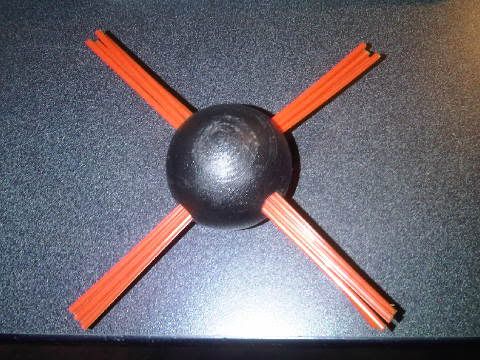Bcat22
ArboristSite Operative
i guess folks around here just like to live on the edge. i know of 6 people who intentionaly over heat their stove( by burning newspapers or cardboard) and start small chimney fires several times a year, usually when there is snow on the roof or it is raining (just in case something comes out of the chimney and lands on the roof). makes sence to me...
as long as you are there to make sure nothing gets out of hand, and your pipe can handle it, and you can damper everything down to seal it off and put out the fire if need be.... what could it hurt.
that said... i've been through a house fire (NOT related to burning wood, it was in the summer) and i wouldn't wish it uppon anyone... be careful whatever you do.
i'm sure that i have just :censored:'ed off a lot of people, so go ahead, let me have it...
as long as you are there to make sure nothing gets out of hand, and your pipe can handle it, and you can damper everything down to seal it off and put out the fire if need be.... what could it hurt.
that said... i've been through a house fire (NOT related to burning wood, it was in the summer) and i wouldn't wish it uppon anyone... be careful whatever you do.
i'm sure that i have just :censored:'ed off a lot of people, so go ahead, let me have it...





